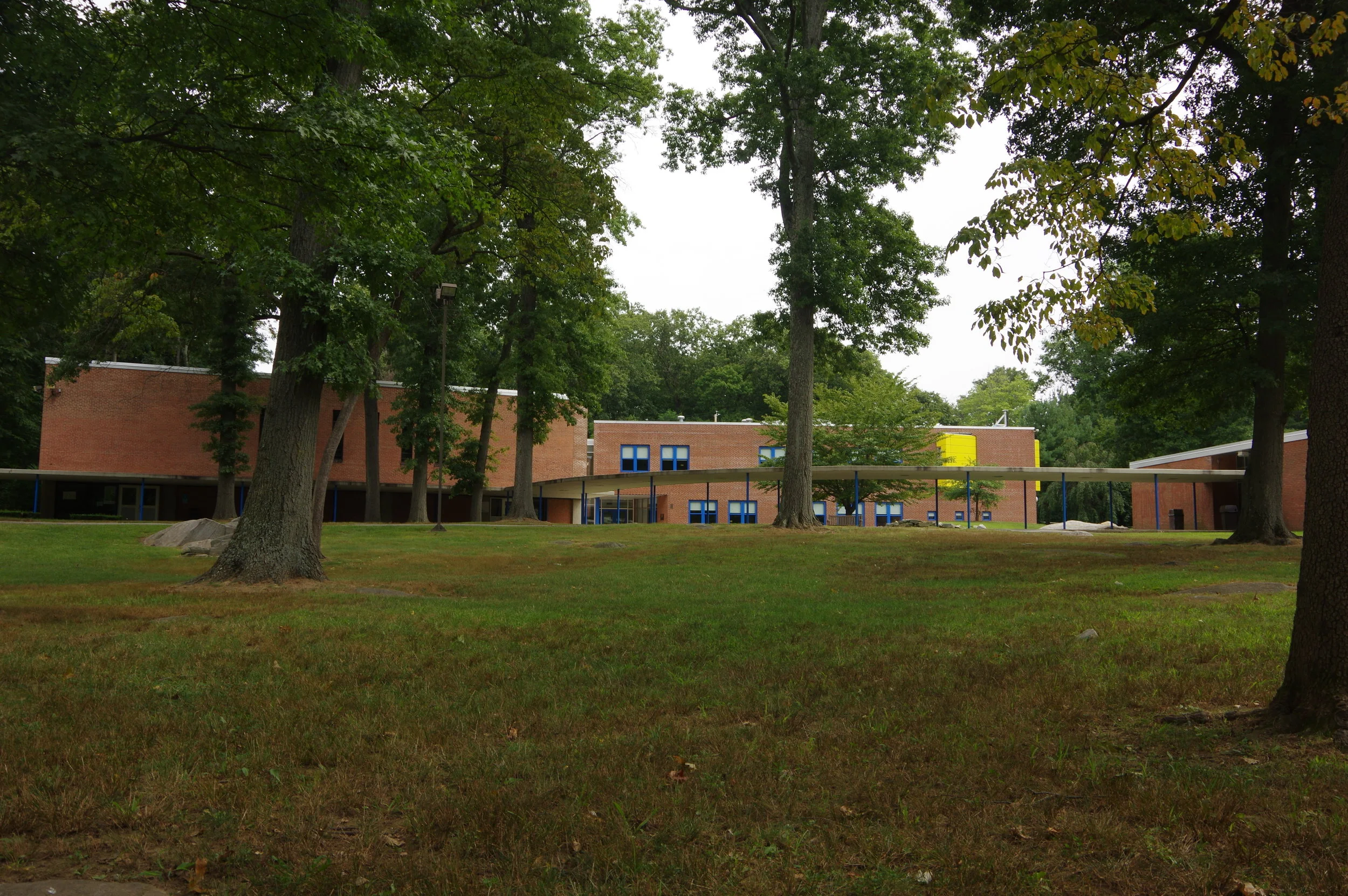Using data sourced from audited financial statements, budgets, bond documents, and other materials, the EIC has reviewed the revenues of the six existing Greenburgh villages and of several other lower Westchester villages with comparable populations, including Briarcliff, Bronxville, Pelham, Pleasantville, Rye Brook, and others. The material presented here is an EIC analysis. Please note that the feasibility study may focus on a smaller or larger comparison group. Please see the EIC Data Room for source materials and links below for Terms of Use.
Property Taxes
Village budgets in New York State are funded primarily by property taxes. To estimate the approximate amount of property tax revenue Edgemont would receive based on pre-reassessment valuations and current Town of Greenburgh tax rates, multiply the Greenville Fire District’s taxable assessed valuation[1] (TAV) by Greenburgh’s “B” tax rate and divide by $1,000:
(TAV $69,785,887[2] x “B” Tax Rate $187.243[3]) / $1,000 = approximately $13.1 million.
Therefore, if Edgemont were currently a village, it would be receiving about $13.1 million in village property tax revenues. That amount represented 24% of the Town of Greenburgh’s total $54.5 million of property tax revenue for the 2016 fiscal year.
Estimating Edgemont’s potential future property tax revenue is complicated by two unknowns:
1. The increase in the Town’s overall “B” budget tax levy, which affects all unincorporated taxpayers. This will be known upon the Town’s release of its fiscal year 2017 budget. Recent increases were 1.9%, 2.5%, 3.7%, and 2.3%.
2. Changes in Edgemont’s TAV that will occur as a result of the recent townwide reassessment. Information provided to date suggests that the reassessment will increase both Edgemont’s TAV and its share of overall unincorporated area TAV[4].
If the overall levy were to increase by 2.6% (the average of the last four years) to $55.9 million and Edgemont’s TAV share increased to 25%, the $13.1 million would increase to about $14 million. Please note that this is one of several potential outcomes and cannot be predicted with certainty.
Future EIC or outside consultant estimates of Village of Edgemont potential property tax revenues will provide additional detail on potential outcomes and capture any updated information relating to the above factors.
Sales Taxes
Portions of Westchester County’s sales tax revenues are distributed by formula[5] to local governments. The amounts distributed are not tied to retail sales activity within the local entity’s jurisdiction, but rather by population. Using various estimation techniques that will be detailed in the feasibility study, we are estimating $1-$1.1 million of sales tax revenues.
Other Revenues
The Village of Edgemont would likely receive the following revenues: mortgage recording tax, gross utilities tax, franchise fees, and state aid per capita. In our estimation, a reasonable range is $600,000 to $750,000.
The village could obtain additional revenues (but would also have associated expenses) from departmental activities. Common examples include permits (building department), fines and forfeitures (village court), and charges for services (parks and recreation department, parking).
Assuming only building permit revenues of about $250,000, total other revenues would be in the $850,000 to $1 million range. Naturally, in the feasibility study, any assumptions about departmental-related revenues will also capture related expenses.
Total Revenue Estimate
The aggregate of property tax, sales tax, and other revenues is about $16 million.
LIMITATIONS
Please note that this Q&A and the accompanying Appendix should not be read as a feasibility study. The EIC has retained an experienced municipal consultant to prepare a feasibility study[6], which will include expenditure detail (including start-up and infrastructure costs) and a ground-up budget.
It is important to note that the actual revenues of a potential Village of Edgemont may be affected by any number of economic, political, and other factors. The estimates given in this report are based on tax levies and assumed departmental activities and policies for a village that does not yet exist; therefore, they cannot be viewed as certain. This document does not bind a future village government to the assumptions included herein. Any particular estimate in this analysis, such as the amount of property taxes estimated to be generated by the Village of Edgemont, will almost certainly differ from the actual number in that year should incorporation occur.
[1] The borders of the Village of Edgemont would be coterminous with those of the Greenville Fire District.
[2] See the Town of Greenburgh, Schedule of Assessments and Tax Rates, 2014 Assessment Roll.
[3] For fiscal year 2016; see Greenburgh budget.
[4] The extent of the change in Edgemont’s TAV and its share of unincorporated TAV are unknown and cannot be predicted with any certainty. It will be driven by a number of factors, including grievances and the phasing-in of reassessments on certain properties.
[5] See: Westchester County bond official statement dated April 1, 2016, page 29.
[6] Which may include revisions to the revenue estimates presented herein.
